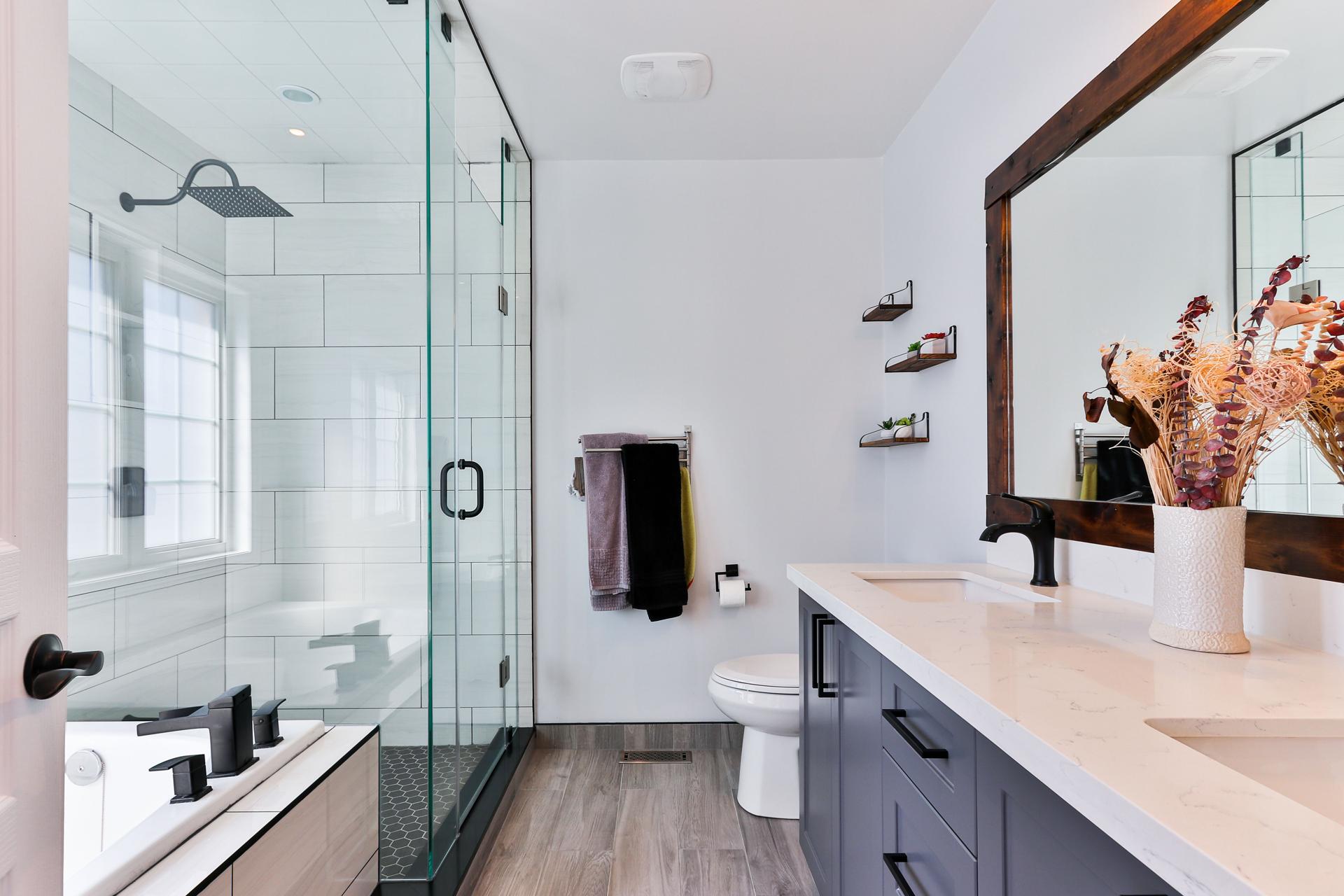Comprehending Hot Water Plumbing: A Comprehensive 101 Course

Hot water plumbing is an essential element of our daily lives. We depend on hot water for many purposes including showering, cleaning dishes, and even doing laundry. In this post, we’ll provide you with a basic understanding of how hot water plumbing works.
The Basics of Hot Water Pipeline
Hot water plumbing refers to the plumbing system that distributes hot water to various areas of a building. It differs from cold-water plumbing because it requires heating water prior to it being distributed throughout the building. The primary components of a hot water plumbing system are the water heater, pipes fixtures, and valves. Water heaters are the most crucial component of a hot-water plumbing system. It is the one that heats the water and keeps it in storage until it is needed. The pipes transport the warm water that is heated from the water heater to the fixtures, including showers and faucets. Valves are used to regulate the flow of hot water, while fixtures are used to distribute hot water to various parts in the construction.
Types of Hot Water Heaters
There are three primary types that hot water heaters are on the market that include tankless, storage tanks and heat pump water heaters. Tankless water heaters heat the water upon demand and don’t keep hot water in storage. Storage tank water heaters keep hot water in tanks until it is required. Heat pump water heaters make use of electrical energy to transport heat to the ground or the air to warm the water. Every kind of water heater is hot and has its advantages and disadvantages. Tankless water heaters are more efficient in energy use and have a longer lifespan however, they are more costly. Storage tank water heaters are less expensive but have a shorter lifespan and are not as energy efficient. Heat pump water heaters are the most energy-efficient but might not be appropriate for climates with colder temperatures.
Hot Water Plumbing Maintenance
Regular maintenance is crucial in order to make sure that the hot water system operates well and effectively. A few tips to maintain hot water plumbing systems includes checking for leaks, flushing the tank, and replacing the anode rod. It is crucial to check for leaks to avoid water damage and to make sure your hot water system isn’t making use of water. Flushing the tank removes minerals and deposits of sediment, which reduces the effectiveness in the performance of your water heater. The anode rod was designed to protect against corrosion and should be replaced every couple of years.
Troubleshooting Plumbing Issues with Hot Water
Common issues when plumbing systems are hot include lack of hot water or weak water pressure. If you are experiencing a lack of hot water, it could be caused by an inoperative heating element or a defective thermostat. The low pressure in your water can be caused by a clogged the valve or pipe. If you are experiencing any of these problems it is suggested that you speak with a professional plumber to diagnose and repair the problem.
Conclusion
Knowing the workings of hot water plumbing is crucial for ensuring your plumbing is operating properly and efficiently. Regular maintenance and troubleshooting are also essential to prevent issues and extend the life span of your hot-water plumbing.
Heating Water FAQ
How long does an electric water heater last?
The lifespan of hot water heaters varies on the type and model. On average, a storage tank water heater can last between 8 and 12 years, while a tankless water heater could last as long as 20 years.
What can I do to determine if your hot water heater needs to be replaced?
Signs that your hot-water heater may need to be replaced are corrosion or rust around the tank’s tank, leaks, strange noises, and a lack supply of hot water. If you encounter any of these problems it is recommended you consult a professional plumber.
